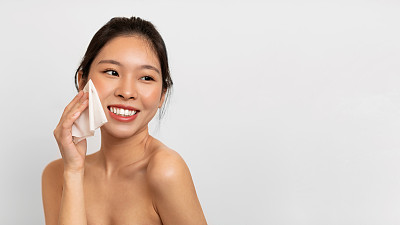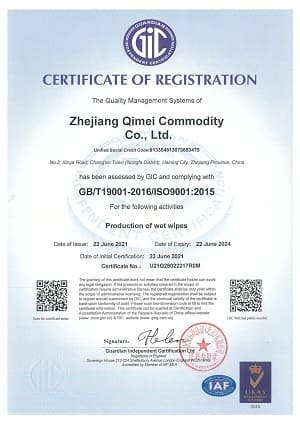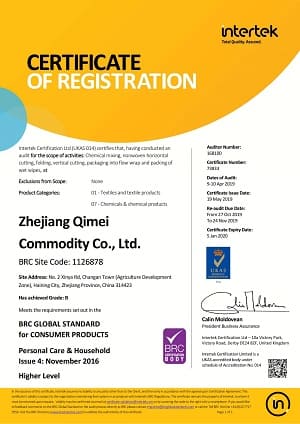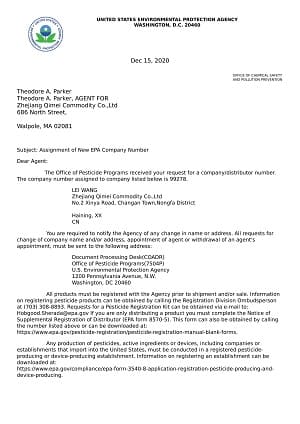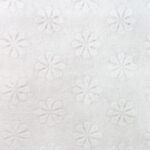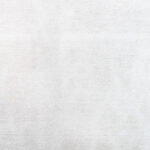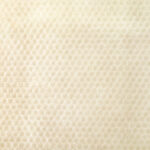Spunlace onwoven Tipo de tela: poliéster, material de mezcla de poliéster y viscosa, fibra de bambú, pulpa de madera (lavable), algodón o fibra de soja (biodegradable)
Plano o texturizado (su propio LOGOTIPO está disponible)
Peso: 30-80 g/m²
1/10/30/80/100/120/160 uds/paquete
The most common size of cosmetic wipes is around 2 inches by 2 inches to 4 inches by 4 inches. This size is convenient for single-use and provides enough surface area to clean and freshen the external genital area. However, some intimate wipes may be smaller or larger than this standard size to cater to specific preferences or needs of consumers.
1. Bolsa plástica resellable: este es el tipo más común de empaque de toallitas húmedas. Está hecho de plástico y tiene una tira resellable en la parte superior para mantener las toallitas húmedas y frescas.
2. Envase con tapa abatible: este tipo de envase consiste en un envase de plástico con una tapa abatible que se puede abrir y cerrar para acceder a las toallitas.
3. Paquete blando con tapa abatible de plástico: Similar al contenedor con tapa abatible, este empaque viene en un paquete blando y tiene una tapa abatible de plástico para facilitar el acceso.
4. Dispensador emergente: este tipo de empaque cuenta con un mecanismo dispensador emergente que saca una toallita a la vez.
5. Paquete de viaje: un paquete pequeño diseñado para usar sobre la marcha, a menudo viene con un cierre de presión de plástico.
6. Empaque de un solo uso: estas toallitas húmedas vienen en paquetes pequeños sellados que son convenientes para viajes o actividades al aire libre.
7. Bolsa de recarga: este empaque de mayor tamaño está diseñado para recargar otros recipientes de toallitas húmedas y, por lo general, tiene una abertura que se puede volver a sellar.
Water: Water is typically the main ingredient in cosmetic wipes, as it serves as a solvent to dissolve and remove dirt, makeup, and other debris from the skin.
Surfactants: Surfactants are compounds that reduce the surface tension of water and help it to spread more evenly over surfaces. They can be used in cosmetic wipes to help remove dirt and grease from the skin.
Emollients: Emollients are ingredients that help to moisturize and soothe the skin. They may be added to cosmetic wipes to help prevent dryness or irritation.
Preservatives: Preservatives may be added to cosmetic wipes to prevent the growth of bacteria, mold, and other microorganisms that can cause the wipes to spoil or lose their effectiveness.
Fragrances: Fragrances may be added to cosmetic wipes to give them a pleasant scent and improve the overall user experience.
Other ingredients: Depending on the intended use of the product, other ingredients such as vitamins, plant extracts, or sunscreen agents may be added to cosmetic wipes to provide additional benefits to the skin.
Good Manufacturing Practice (GMP): GMP is a set of guidelines that ensure that products are consistently produced and controlled according to quality standards. Compliance with GMP is usually required for products that are intended for human use, including cosmetic wipes.
ISO 9001: This is a quality management system certification that sets standards for the design, production, and delivery of products. It is often required for businesses that supply products to other companies.
ISO 22716: This certification is specific to the cosmetics industry, and sets standards for the production, control, storage, and shipment of cosmetic products.
Oeko-Tex Standard 100: This certification sets standards for the safety and environmental impact of textile products. It may be relevant for cosmetic wipes that are made from textile materials.
FDA Registration: In the United States, manufacturers of cosmetic products are required to register their facilities with the U.S. Food and Drug Administration (FDA).
